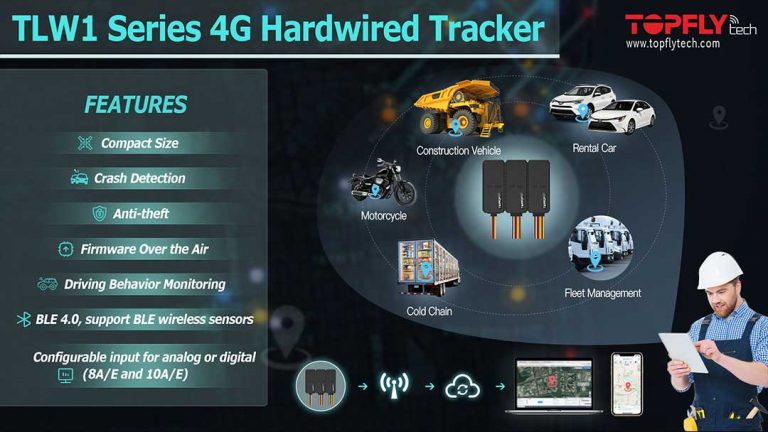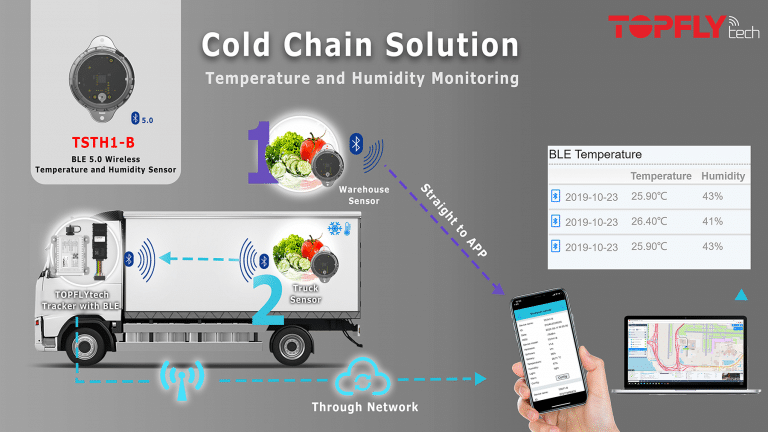Disparity between technological innovation and implementation often occurs when there is a lack of awareness or leadership to respond to industry changes. And we are now at a technological crunch point where that disparity will be made very clear, with operators across the globe set to switch off 3G connectivity. In the UK, Vodafone announced that it will be switching off its 3G network by the end of 2023, and Orange will do the same between 2025 and 2030. Data from operator Three suggests that industries reliant on 3G will need to upgrade or die, with 5G usage increasing by 385% in 2021. Historically, when new technology is adopted at these speeds, prior technologies and devices – run by so called industry ‘laggards’ – are left forgotten and unsupported.
During the pandemic, those involved in end-to-end logistics planning and supporting major operations – and the need to provide visibility across the entire supply chain – became business critical. According to some recent insight from McKinsey, exploring where supply chains are now compared to pre-pandemic, supply chain digitisation was – compared to other business functions – at a low-rate. This has led to a lack of appropriate digital infrastructure being in place to cope with shifting consumer trends in demand for goods and services.
The move away from 3G has wider implications for many IoT devices and applications, whether that’s telematics or smart metering. So what does the move away from 3G mean for commercial users and the logistics sector, and in particular fleet operators? One thing is clear, those who haven’t already will be required to upgrade their legacy GPS and tracking systems or face being left in the lurch.
To 4G-LTE…and beyond?
2003 created a world full of seemingly infinite technological possibilities with the introduction of 3G, and businesses have long witnessed the benefits of what – at the time – felt like a radical shift towards instant data access. But, across the USA, this technology will be completely phased out in 2022, and AT&T officially shut down its 3G network on February 22nd. Many everyday devices were impacted, and companies urged customers to swap out older devices such as smartphones, e-readers and other connected devices well in advance of the shut-down. Commercial users around the globe whose businesses have been built around 3G technology must also heed this advice. Fleet owners who haven’t already confronted the demise of 3G need, in the first instance, to urgently conduct a company-wide inventory of which devices in their tech stack will be affected.
Yet, of course, not all products will be impacted. Many devices already benefit from 4G (or better) connectivity, but in the case that Internet of Things (IoT) managers know devices principally use 3G, they should be working with their telematics service providers to prepare for the changeover. Those who aren’t yet working with telematics partners need to consider now the time to explore those options and, in some instances, simulate the switchover in advance of the cut-off to ensure legacy devices are able to fulfil both current and future needs.
Fleeting solutions – a thing of the past
However it isn’t just a case of whether the old 3G dogs of a fleet operator’s technology can be taught new 4G tricks. Significant benefits can be realised by investing in new digital infrastructure. 4G devices provide lower latency than 3G, and this is critical for delivering real-time data. Hardware agnostic products are a valuable asset for fleet managers who have chosen to upgrade their digital infrastructure, with 4G predicted to cover 95 percent of the world by 2026. In our opinion, 4G and 5G compatible GPS solutions are likely to be utilised for many – yet untapped – benefits, such as online tracking, fuel control and route optimisation, to name but a few. And lower latency solutions mean that fleet owners will have access to more accurate route optimization data, which will help prevent bottlenecks on key routes, alleviating the kinds of pressure on supply chains we saw even before the pandemic, but which were significantly exacerbated by it.
Upgrading to 4G will also drive down total cost of ownership (TCO) for fleet owners – but this is where selecting a hardware agnostic solution to accompany your upgrade is critical. The semiconductor chip shortage is currently wreaking havoc across the electronics industry, and causing many businesses to forego plans for technological advancement. In selecting a solution that is not reliant on any one particular hardware solution, fleet owners can upgrade, connect to a telematics data provider, and begin to realise the benefits of 4G and 5G connectivity.
Good for consumers, business, and the planet too
Next generation IoT will help many industries improve efficiencies, and in the case of transport and logistics, 5G linked with IoT will cut energy use. Devices will have the ability to power up and shut down on their own, and sensors in transportation networks and beyond will monitor and analyse their energy needs and consumption in real time and automatically optimise energy use.
Access to advanced tracking solutions, improved data speed and lower energy usage are important factors when logistics and fleet managers are considering an upgrade of legacy GPS equipment. It’s not all about gaining a competitive advantage, but early upgrades will reduce energy wastage, and improve the wellbeing of drivers – who will be better placed to take rests, and still deliver goods and services on time. Pressures on the supply chain will be eased, and the early adopters of new technology will be leading the charge at the heart of this mission-critical industry. The sun might be setting on 3G, but the rising star of 4G and 5G technology can shine brightly on the entire logistics industry, but only for those who invest now.
Author: Aliaksandr Kuushynau, Head of Wialon at Gurtam
Source: https://www.fleetpoint.org/



